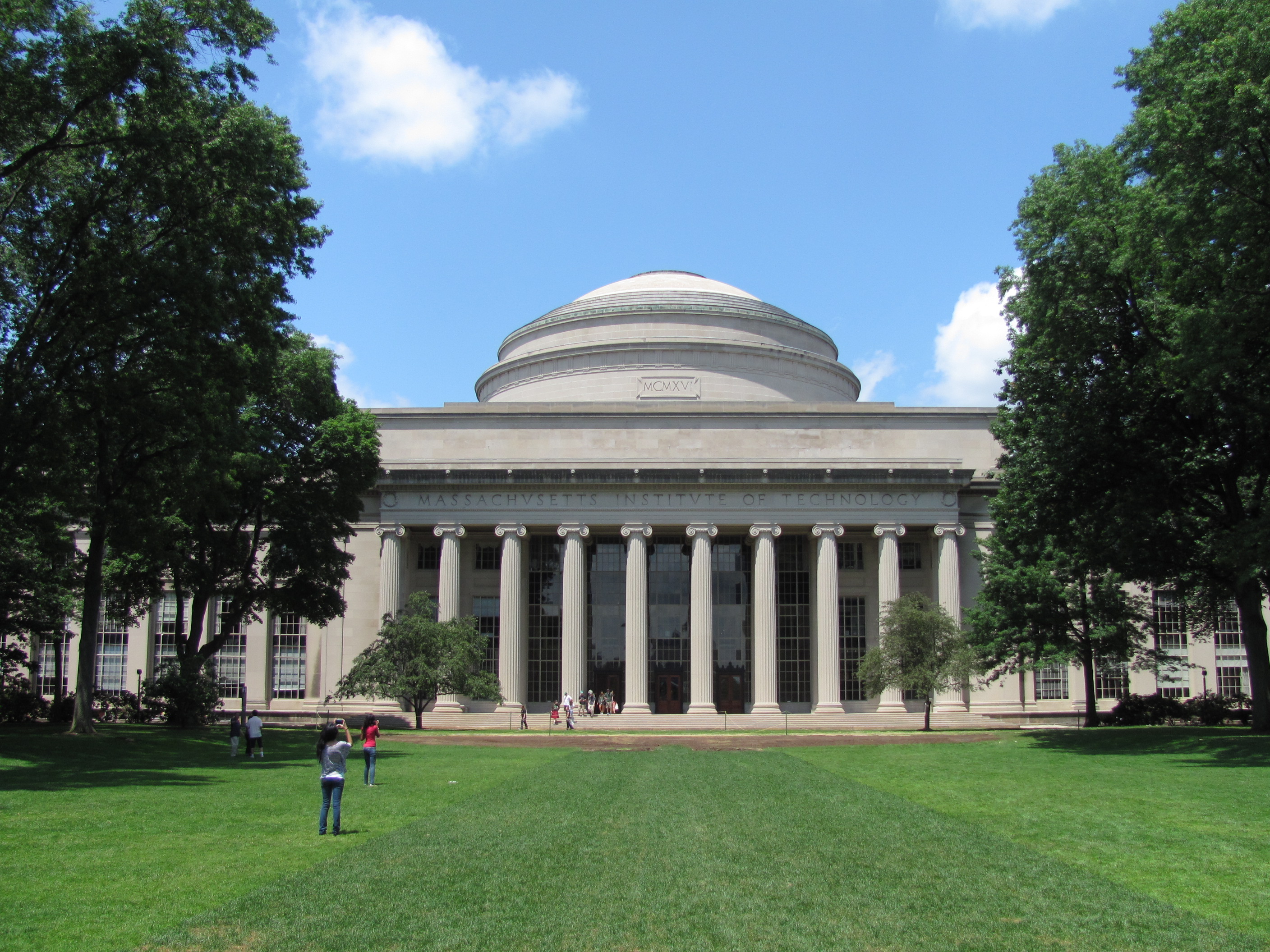|
Wiener–Wintner Theorem
In mathematics, the Wiener–Wintner theorem, named after Norbert Wiener and Aurel Wintner, is a strengthening of the ergodic theorem Ergodic theory (Greek: ' "work", ' "way") is a branch of mathematics that studies statistical properties of deterministic dynamical systems; it is the study of ergodicity. In this context, statistical properties means properties which are expres ..., proved by . Statement Suppose that ''τ'' is a measure-preserving transformation of a measure space ''S'' with finite measure. If ''f'' is a real-valued integrable function on ''S'' then the Wiener–Wintner theorem states that there is a measure 0 set ''E'' such that the average : \lim_\frac\sum_^\ell e^ f(\tau^j P) exists for all real λ and for all ''P'' not in ''E''. The special case for ''λ'' = 0 is essentially the Birkhoff ergodic theorem, from which the existence of a suitable measure 0 set ''E'' for any fixed ''λ'', or any countable set of values ''λ'', ... [...More Info...] [...Related Items...] OR: [Wikipedia] [Google] [Baidu] |
Norbert Wiener
Norbert Wiener (November 26, 1894 – March 18, 1964) was an American mathematician and philosopher. He was a professor of mathematics at the Massachusetts Institute of Technology (MIT). A child prodigy, Wiener later became an early researcher in stochastic and mathematical noise processes, contributing work relevant to electronic engineering, electronic communication, and control systems. Wiener is considered the originator of cybernetics, the science of communication as it relates to living things and machines, with implications for engineering, systems control, computer science, biology, neuroscience, philosophy, and the organization of society. Norbert Wiener is credited as being one of the first to theorize that all intelligent behavior was the result of feedback mechanisms, that could possibly be simulated by machines and was an important early step towards the development of modern artificial intelligence. Biography Youth Wiener was born in Columbia, Missouri, the fi ... [...More Info...] [...Related Items...] OR: [Wikipedia] [Google] [Baidu] |
Aurel Wintner
Aurel Friedrich Wintner (8 April 1903 – 15 January 1958) was a mathematician noted for his research in mathematical analysis, number theory, differential equations and probability theory. He was one of the founders of probabilistic number theory. He received his Ph.D. from the University of Leipzig in 1928 under the guidance of Leon Lichtenstein. He taught at Johns Hopkins University. He was a nephew of the astronomer Samuel Oppenheim, and the son-in-law of mathematician Otto Hölder. Works * Spektraltheorie der unendlichen Matrizen', 1929 * ''The Analytical Foundations of Celestial Mechanics'', 1941 (reprinted in 2014 by Dover) * Eratosthenian Averages', 1943 * The Theory of Measure in Arithmetical Semi-Groups', 1944 * An Arithmetical Approach to Ordinary Fourier Series', 1945 * The Fourier Transforms of Probability Distributions', 1947 References External links * * Spektraltheorie Der Unendlichen Matrizenat the Internet Archive The Internet Archive is an Ameri ... [...More Info...] [...Related Items...] OR: [Wikipedia] [Google] [Baidu] |
Ergodic Theorem
Ergodic theory (Greek: ' "work", ' "way") is a branch of mathematics that studies statistical properties of deterministic dynamical systems; it is the study of ergodicity. In this context, statistical properties means properties which are expressed through the behavior of time averages of various functions along trajectories of dynamical systems. The notion of deterministic dynamical systems assumes that the equations determining the dynamics do not contain any random perturbations, noise, etc. Thus, the statistics with which we are concerned are properties of the dynamics. Ergodic theory, like probability theory, is based on general notions of measure theory. Its initial development was motivated by problems of statistical physics. A central concern of ergodic theory is the behavior of a dynamical system when it is allowed to run for a long time. The first result in this direction is the Poincaré recurrence theorem, which claims that almost all points in any subset of the ph ... [...More Info...] [...Related Items...] OR: [Wikipedia] [Google] [Baidu] |
Birkhoff Ergodic Theorem
Ergodic theory (Greek: ' "work", ' "way") is a branch of mathematics that studies statistical properties of deterministic dynamical systems; it is the study of ergodicity. In this context, statistical properties means properties which are expressed through the behavior of time averages of various functions along trajectories of dynamical systems. The notion of deterministic dynamical systems assumes that the equations determining the dynamics do not contain any random perturbations, noise, etc. Thus, the statistics with which we are concerned are properties of the dynamics. Ergodic theory, like probability theory, is based on general notions of measure theory. Its initial development was motivated by problems of statistical physics. A central concern of ergodic theory is the behavior of a dynamical system when it is allowed to run for a long time. The first result in this direction is the Poincaré recurrence theorem, which claims that almost all points in any subset of the ... [...More Info...] [...Related Items...] OR: [Wikipedia] [Google] [Baidu] |
American Journal Of Mathematics
The ''American Journal of Mathematics'' is a bimonthly mathematics journal published by the Johns Hopkins University Press. History The ''American Journal of Mathematics'' is the oldest continuously published mathematical journal in the United States, established in 1878 at the Johns Hopkins University by James Joseph Sylvester, an English-born mathematician who also served as the journal's editor-in-chief from its inception through early 1884. Initially W. E. Story was associate editor in charge; he was replaced by Thomas Craig in 1880. For volume 7 Simon Newcomb became chief editor with Craig managing until 1894. Then with volume 16 it was "Edited by Thomas Craig with the Co-operation of Simon Newcomb" until 1898. Other notable mathematicians who have served as editors or editorial associates of the journal include Frank Morley, Oscar Zariski, Lars Ahlfors, Hermann Weyl, Wei-Liang Chow, S. S. Chern, André Weil, Harish-Chandra, Jean Dieudonné, Henri Cartan, Stephen Smale, ... [...More Info...] [...Related Items...] OR: [Wikipedia] [Google] [Baidu] |


.jpg)